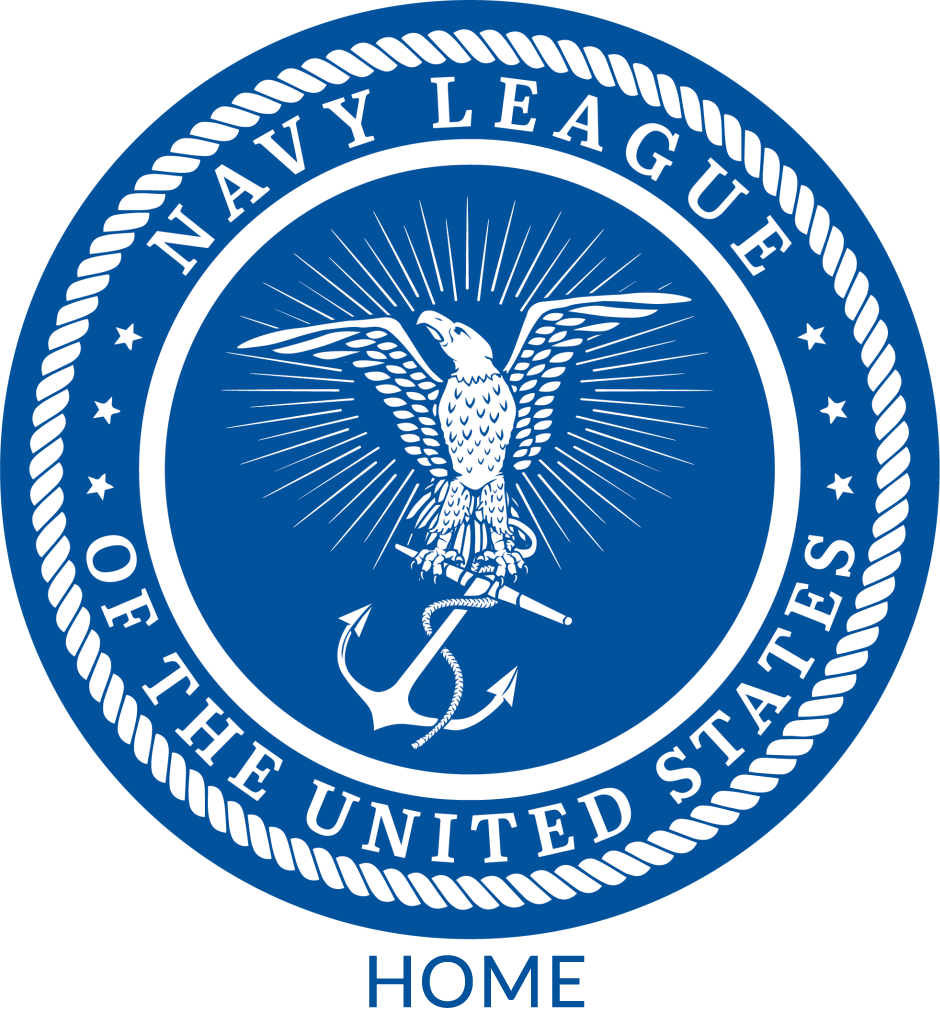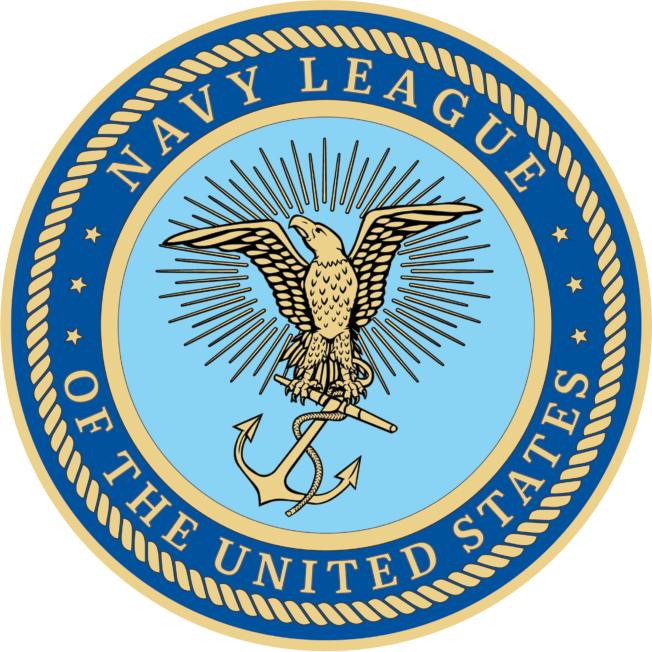by Anthony Capaccio
http://www.bloomberg.com/news/articles/2016-07-12/u-s-navy-s-12-9-billion-carrier-falls-further-behind-schedule
The USS Gerald R. Ford — the Navy’s newest aircraft carrier and the costliest U.S. warship at $12.9 billion — won’t be delivered until at least November, more than two years late.
“During the ongoing testing of developmental systems” on the carrier built by Huntington Ingalls Industries Inc., “first-of-class issues are continuing to be resolved,” according to a Navy statement provided Tuesday to Bloomberg News. “The current estimated delivery date is in November 2016. If additional issues arise during the remaining shipboard testing, that date may need to be revised.”
The service didn’t elaborate on the unresolved issues causing the delay except to say that testing is continuing for “the propulsion plant steam and electric systems,” which are powered by the carrier’s nuclear reactor. The latest schedule slip of at least two months may delay the Navy’s return to an 11-carrier fleet, the number mandated by Congress. The service has operated 10 carriers since the retirement of the USS Enterprise in 2012. Extended deployments of the remaining ships have placed stress on crews, the service has said.
Huntington fell 0.4 percent to $173.21 at 2:07 p.m. New York time.
Spending Cap
The Navy didn’t say what impact, if any, the continuing testing issues and latest delivery delay will have on the vessel’s cost. The cost of the carrier, also known as CVN-78, is capped by law at $12.9 billion, under actions taken by Congress in 2006 and then modified in 2013 after the program’s cost had increased 22 percent since 2010. The Gerald Ford is the first of a three-carrier class estimated to cost $42 billion.
“This situation is unacceptable and was entirely preventable,” Senate Armed Services Committee Chairman John McCain said in an e-mail. “The Ford-class program is a case study in why our acquisition system must be reformed –- unrealistic business cases, poor cost estimates, new systems rushed to production, concurrent design and construction, and problems testing systems to demonstrate promised capability.”
“Even if everything goes according to the Navy’s plan, CVN-78 will be delivered with” unproven systems, such as the arresting system to snag planes as they land, said McCain, an Arizona Republican.
Largely Complete
The Navy said Newport News, Virginia-based Huntington Ingalls is performing well as the shipbuilder. Many of the technologies installed on the first-of-class carrier are produced by other companies. As of last month, the ship’s construction is 98 percent complete, the Navy said. Huntington Ingalls has turned over 97 percent of the carrier’s compartments and 89 percent of shipboard testing has been completed, the Navy said.
The Navy originally said the Gerald Ford would be delivered in September 2014, then delayed that to September 2015. As that deadline neared, the Navy announced a “slight deterioration in the required progress” of shipboard testing that would delay delivery beyond March 31. Then, the Pentagon pegged delivery for this September in its annual “Selected Acquisition Report” on major weapons issued in March.
‘Significant Progress’
In the statement on the latest delay, the Navy cited “significant progress” with the electromagnetic system for launching aircraft, the multimission high-powered radar and the new deck system to catch landing aircraft, called “the advanced arresting gear.” It’s the same system the Pentagon’s inspector general criticized in an audit on July 8. The arresting gear is made by closely-held General Atomics based in San Diego.
“Ten years after the program entered” its engineering and manufacturing phase, “the Navy has not been able to prove the capability or safety of the system to a level that would permit actual testing” during deck landings “because of hardware failures and software challenges,” the inspector general said.
General Atomics spokeswoman Meghan Ehlke referred all comments on the inspector general’s audit to the Navy.
Navy acquisition chief Sean Stackley said in written comments that he partially agreed with the inspector general and said the service was studying whether to retain existing systems on subsequent Ford-class carriers. At McCain’s insistence, funds for the arresting gear were limited in the fiscal 2017 budget until a formal review of the system is undertaken.
“The Navy concurs that the system is not yet ready to test on an aircraft carrier and that the technology was not sufficiently mature for use on CVN-78,” Stackley wrote.


